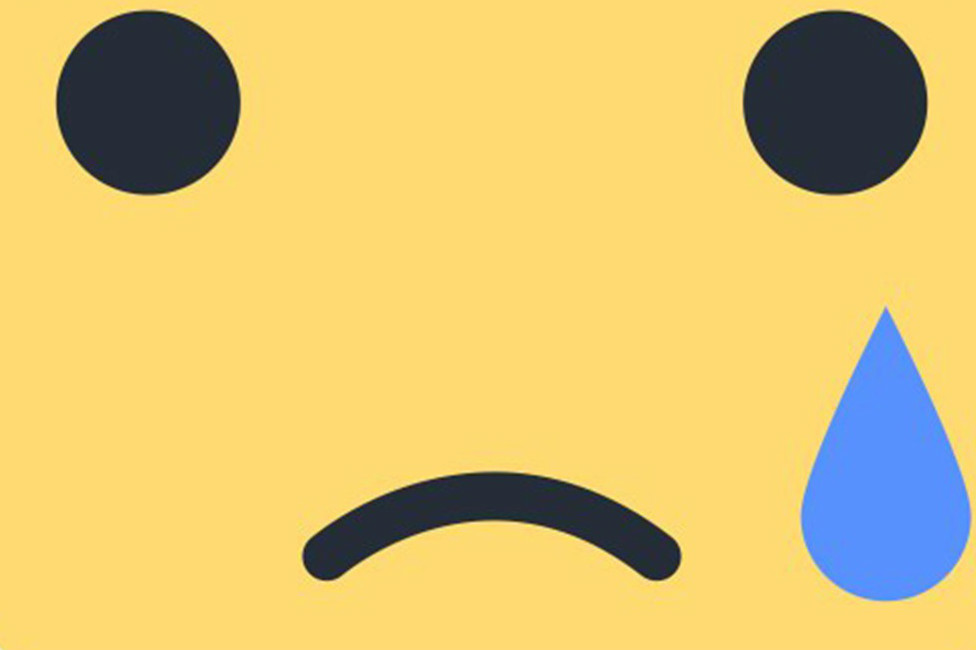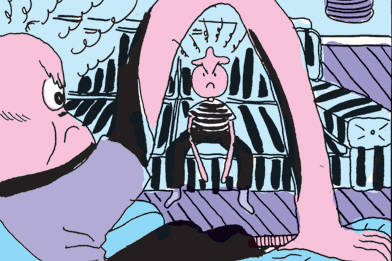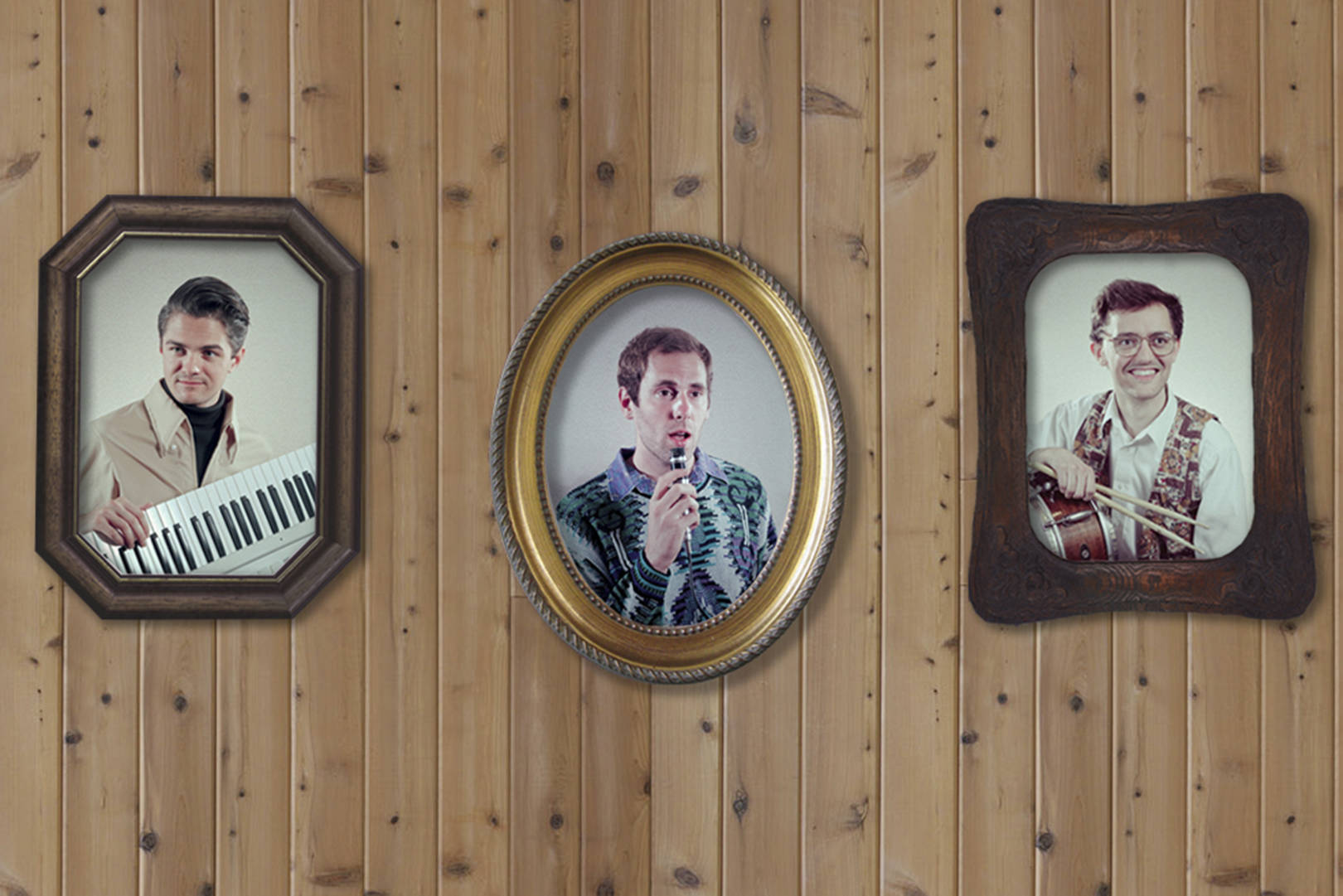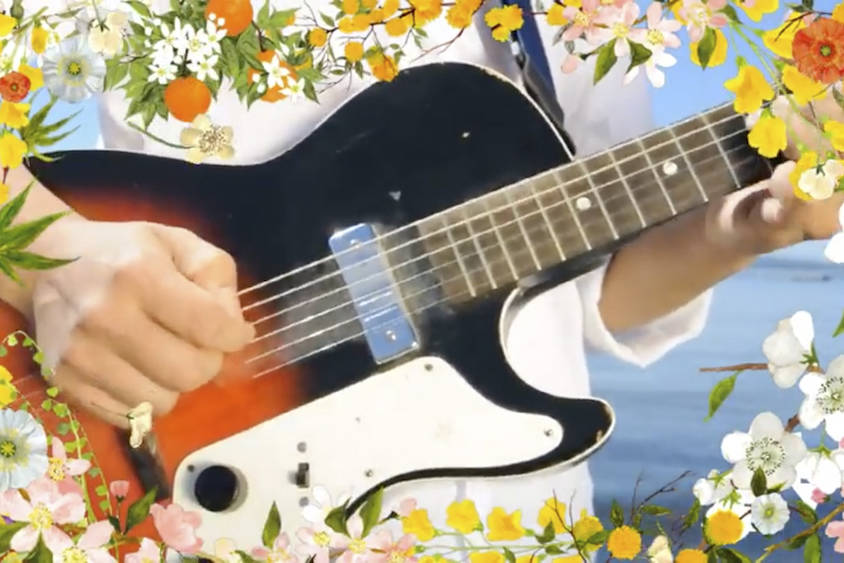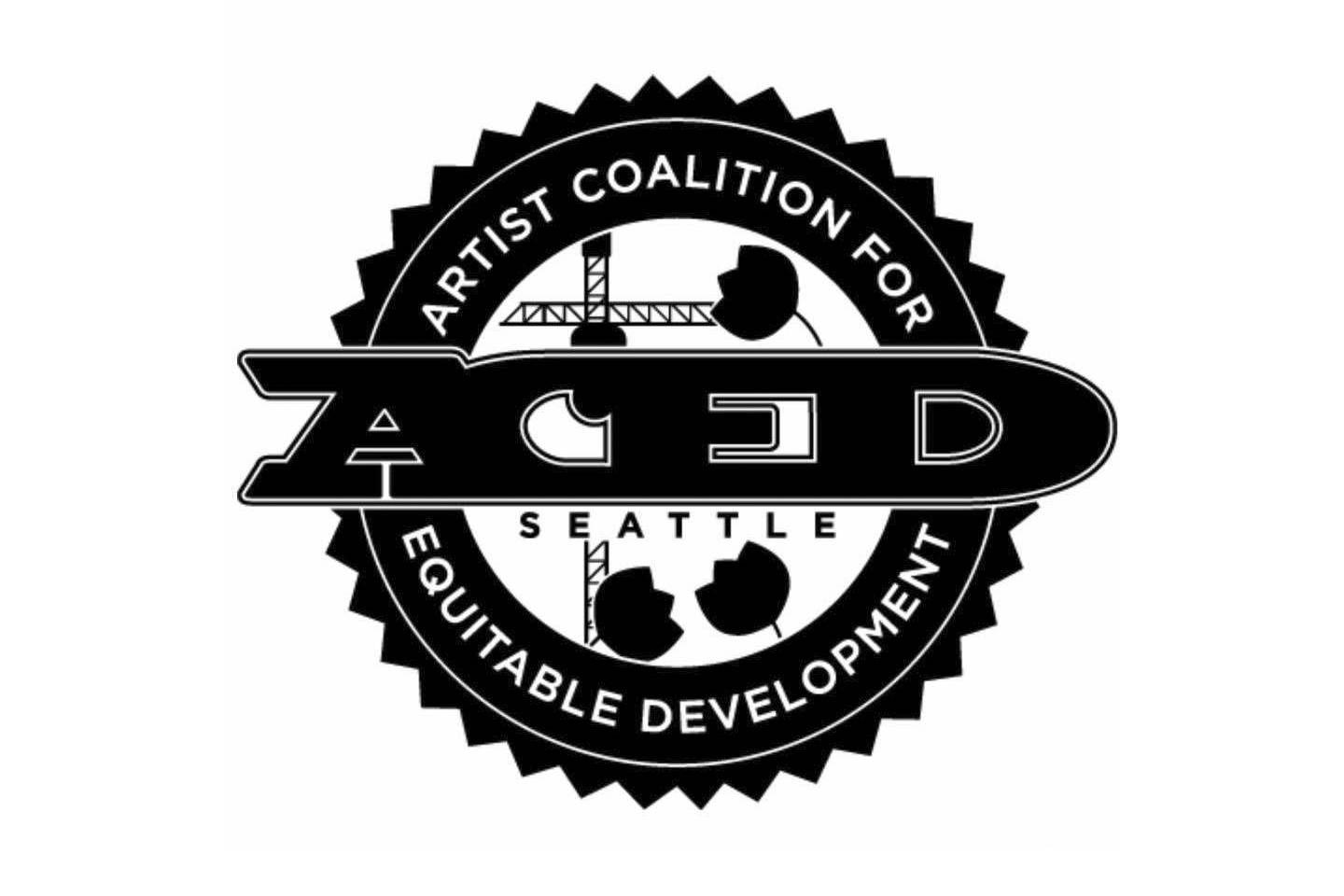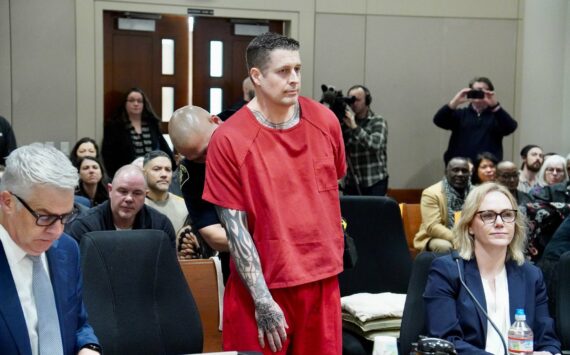Philando Castile’s final moments were broadcast live to a worldwide audience. Just after the 32-year-old school-district employee was shot four times by a Minnesota police officer following a traffic stop, his girlfriend, sitting right next to him in the passenger seat, pushed record. As with any other Facebook Live video, folks could comment, share, and react as the events onscreen unfolded—only this time what they were witnessing was, to many, unspeakably horrific. The eerie immediacy and intimacy of that tragedy’s unprecedented broadcast puts an exclamation point on an increasingly confusing question in 2016: As a culture, how should we be interacting with crises, playing out in real time on a global scale, on social media? With the mass shooting in Orlando, the police killings of Alton Sterling and Castile, and the Dallas sniper who killed five police officers, many people are being forced to answer that question for themselves over and over at breakneck speed.
“There’s a sort of overload that can happen to us as individuals trying to participate in it,” says Kate Starbird, a University of Washington professor whose research focuses on how people utilize social media during crisis events. “We feel compelled to engage—even if I don’t want to go online and participate in this, I am going to go online and participate in this. That kind of engagement means we feel connected with these disasters in new ways. Connecting with people’s stories and these horrific tragedies over and over in such a short period of time takes a huge emotional toll.” Starbird is currently drafting a proposal to research the mental-health effects of repeated social-media exposure to tragedy and crisis—something Alaina Caldwell, a host of the Hella Black Hella Seattle podcast, had to reckon with last week.
On Thursday, Caldwell came into the clinic where she works in IT aware of the Castile video, but consciously trying to avoid watching it. Despite that, thanks to Facebook’s auto-play feature, she did see the video, and says she felt so broken by its graphic images she had to leave work early. “I feel like it’s really difficult because on one end, you want to be in the loop and know what’s going on,” Caldwell says, “but I feel like after a few times of seeing these visuals of black people being assaulted or killed, you start to realize how damaging to your psyche it really is.” Smartphone videos have exposed an ugly truth about police violence in the United States and mobilized a necessary debate over that violence, but the resounding calls of “don’t look away” coming from social-justice seekers on our horror-filled newsfeeds also creates a strange inner conflict—how do we engage without succumbing to overwhelming despair?
Part of the trouble, says Caldwell, is the accelerated speed at which people, especially leaders in the black community, are expected to react. Caldwell and the co-hosts of Hella Black Hella Seattle immediately began planning a community get-together to discuss and unpack the killings of Castile and Sterling, but once they started trying to nail down a location, she and co-host Jasmine Jackson both realized they themselves didn’t have the energy or the emotional bandwidth to organize and nurture other people quite so soon—they hadn’t yet taken the time for their own healing.
“There’s this rush to play some part in what’s going on,” Caldwell says, “but what if you’re too broken to do it then? I run our Twitter account, and it took a while for me to feel like I was able to start posting about what was going on, and in those moments between taking that time for myself and posting, I hope people didn’t take that silence as meaning we don’t have an opinion about it, you know?”
In times of crisis, Starbird notes, a “collective sense-making” occurs—outpourings of grief, anger, and reflection; sharing of articles and information—but there is also a pressure to post so that “people can see us curating this social-political identity. We feel this compulsion to make sure we’re present in that.”
For white people, statistically seven times less likely to be killed by the police than people of color, effusive posting on the topic doesn’t have quite the same stakes, and, for some critics, amounts to little more than keeping up progressive appearances. In his fellow white people, that impulse is what Brett Hamil, a local stand-up and host of the political comedy show The Seattle Process, calls “performative social-media hand-wringing.”
“It’s the lowest bar for solidarity possible,” Hamil says. “Repost some article about an egregious offense by cops brutalizing someone and say it’s bad or sad—it’s literally the least you can do. I think we’re at a point realizing the impact social media can have, and it can have great impact, but it can also be this ineffectual backpatting bullshit. It’s tipping towards being a way to placate white guilt—just press ‘Share’ so your black friends can see you are ‘with them.’ ”
Hamil, frustrated with white people who “can type a 1,000-word post but can’t bother to make a phone call or show up at a vigil,” decided to try a different tack. Informed by local black organizers and his own research on the issues, Hamil typed a brief blurb featuring Mayor Ed Murray’s phone number and a four-point list of demands he wanted to see enacted regarding police oversight, the developing Seattle Police Officers Guild contract, and the costly construction of the $160 million North Seattle Police Precinct and $210 million youth jail. Thanks to signal boosts from prominent community voices like Ijeoma Oluo, the simple text meme, a black-and-white screenshot of a Word document, was shared thousands of times on Facebook, and #CallOutMurray hit Seattle’s top-trending list on Twitter. The makeshift campaign worked: The line got so jammed that callers reported that the Mayor’s number went straight to a busy signal. One day later, Murray held an impromptu press conference to discuss the contested SPOG contract.

Since last week Hamil’s simple meme with actionable points has been shared thousands of times.
“I’m at a point where it’s not enough to just say you are for these things,” Hamil says. “You’ve got to do something. Anyone whose perspective you were going to affect or change on social media with your posts has already unfollowed you, or you’ve unfriended them, so now you’re just preaching to the choir. As a comedian, there’s nothing worse than preaching to the choir. It’s what they call ‘claphter’—when people don’t really laugh, but just clap for you. Honestly, I think it’s one of the biggest barriers to progress.”
A popular meme circulating this week depicts a protester holding a sign bearing the message “White Silence = White Violence.” That call itself likely inspired more than a few white people to post their own 1,000-word condolences during this heated moment in our nation in an effort to “make a difference.” But in 2016, it also prompts the question: What is “silence”? Does indicating solidarity on Facebook do anything? And, conversely, if you march, sign an initiative, rally for a cause, but don’t post about it on social media, did it really happen? And for people of color, where does the fine line lie between being woke and being well?
“There’s a lot of open research questions here,” Starbird says. “We had Orlando, then we had Alton Sterling, Philando Castile, the Dallas police shooting, and we’re getting pulled in all these different directions. It’s a hard thing for people to consider—how do we participate in that, or how do we not participate in that? There’s consequences for both.”
ksears@seattleweekly.com
